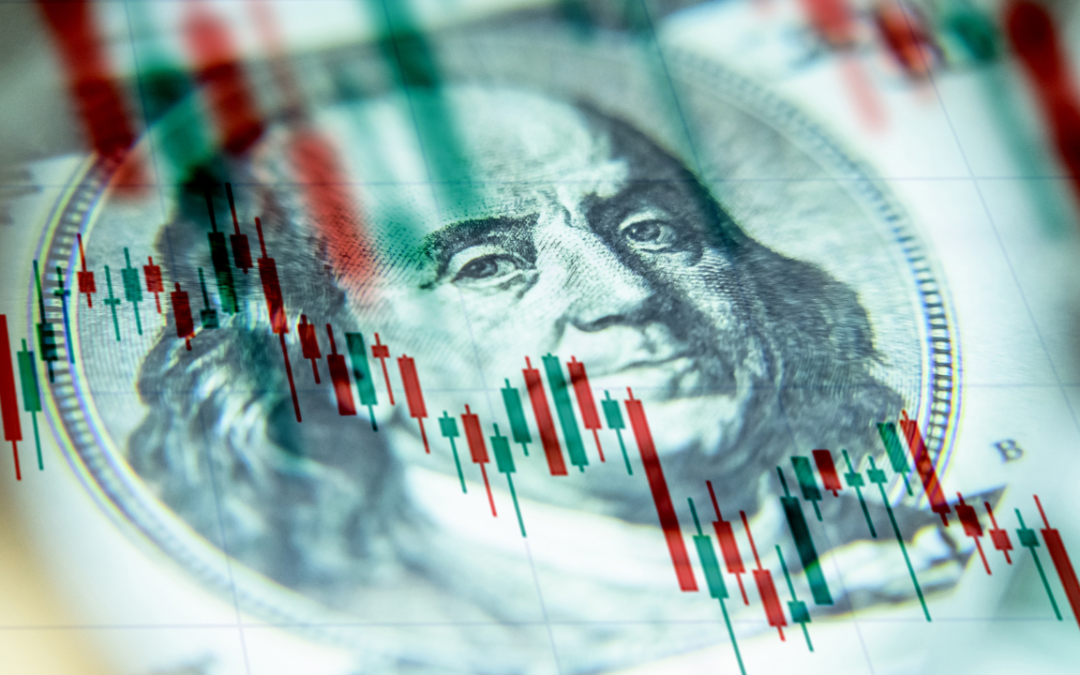The pandemic remains the sole driver of global markets. That reality makes fundamental analysis difficult, if not impossible. Yet with global equity markets down some 25% from their peaks—even after last week’s sharp rebound—the question remains: Have investors appropriately discounted what is likely to unfold in the weeks, months and quarters ahead?
On one level, the question cannot be answered. Nearly a century ago (in 1921), the economist Frank Knight first made the important distinction between risk and uncertainty. According to Knight, risk can be quantified, in the sense that a future outcome may not be known with certainty, but agents can measure the probabilities of what determines the outcome and can accordingly make probability-weighted decisions. Uncertainty is different. It pertains to environments where agents cannot even know the information required to gauge the probabilities of future outcomes.
In the current environment, an exceptional degree of uncertainty exists. Even in those countries where the pandemic has been most diligently tested, monitored and tracked—for instance in China, South Korea, Singapore or Germany—considerable information is unknown that is required to make probabilistic statements about the future. Among others, the unknowns include the length of time when an individual is contagious, whether re-infection is possible (i.e., what is the level of immunity for those that have contracted the virus and survived), or whether the rate of infection is seasonal, among others.
In other countries, most notably the United States, data on the pandemic is very weak due to a combination of lack of coordination at the highest levels of government and fragmented healthcare governance.
Accordingly, not only do policy makers the world over not have the necessary information to combat the pandemic effectively, but investors lack the information necessary to assess the odds of future outcomes.
In such a setting, determining the price of a financial asset, whose value depends on discounted future cash flows, is virtually impossible. Knightian uncertainty prevails.
Is all hope lost? Is there nothing we can say about asset prices?
We can make some broad judgments, but we must acknowledge limitations.
For instance, based on a simple measure of the US equity risk premium (ERP) developed by our former colleague Ken Liew (derived from a Gordon growth model), the current estimated ERP is just shy of levels observed during the global financial crisis or the Eurozone financial crisis, but well below levels seen in the 1970s.
The ERP model can help us calibrate some outcomes. For example, assuming unchanged earnings forecasts and interest rates, every percentage point increase in the ERP shaves 10-15% off the value of the S&P500. If the ERP were to climb to its peak levels seen during the 1970s, the S&P500 would plunge over 1,000 points from prevailing levels. Given all the unknowns described above, as well as the fear that things could get much worse, a big jump in the ERP from here surely seems plausible.
Alternatively, one can view equity markets through the prism of earnings. At the time of writing, US President Trump has declared a national policy of ’social distancing’ until April 30, implying another month of massive economic dislocation on the heels of the shutdowns enacted over the past few weeks. Already, US jobless claims have spiked by some 3 million. Where will the number of unemployed be in 4 weeks? Nouriel Roubini has coined the phrase ‘greater recession’, while Federal Reserve St. Louis President Bullard speaks openly of unemployment rates of 20% or more.
Contrast those outcomes with prevailing index levels. Today, S&P500 valuations are marginally above long-term averages and current index levels imply roughly no earnings growth in 2020.
How is either possible if the economy is going to shrink sharply over the next few quarters? It would take a degree of certainty about an effective vaccine (or anti-viral treatment), or a willingness to reverse curve flattening and put people back to work rapidly and on a massive scale to achieve an earnings outcome consistent with current market pricing. How can stock prices be above long-term valuations given today’s ‘known unknowns’? High valuations cannot be solely a function of low nominal or real interest rates. If earnings collapse and the equity risk premium soars, no plausible interest rate can prevent a massive de-rating of the stock market.
To return to Frank Knight, it is true that many of the factors that determine asset prices are presently unknown. Yet a cursory glance at valuations and market levels reveals that investors have implausible beliefs that the unknowns will soon become knowns and that those knowns will be benign.
The bottom line is that the skew of plausible outcomes, however difficult they may be to envision or model, implies much lower equity market valuations.
For some investors that is incongruous with the passage last Friday of the largest fiscal stimulus package in US history and the demonstrated willingness of central banks everywhere to ‘do whatever it takes’. We won’t detail all the reasons why fiscal and monetary policy are not sufficient to address this crisis. It comes down to this: In times of pandemic and uncertainty, job losses, rising precautionary savings and supply-chain disruptions dominate stimulus in the form of fiscal transfers or super-low borrowing costs. Monetary and fiscal policy measures are dwarfed by the extent of private sector spending retrenchment.
Investors counting on macroeconomic policy to jump-start growth and lift asset prices will be disappointed as long as the pandemic remains unchecked.



